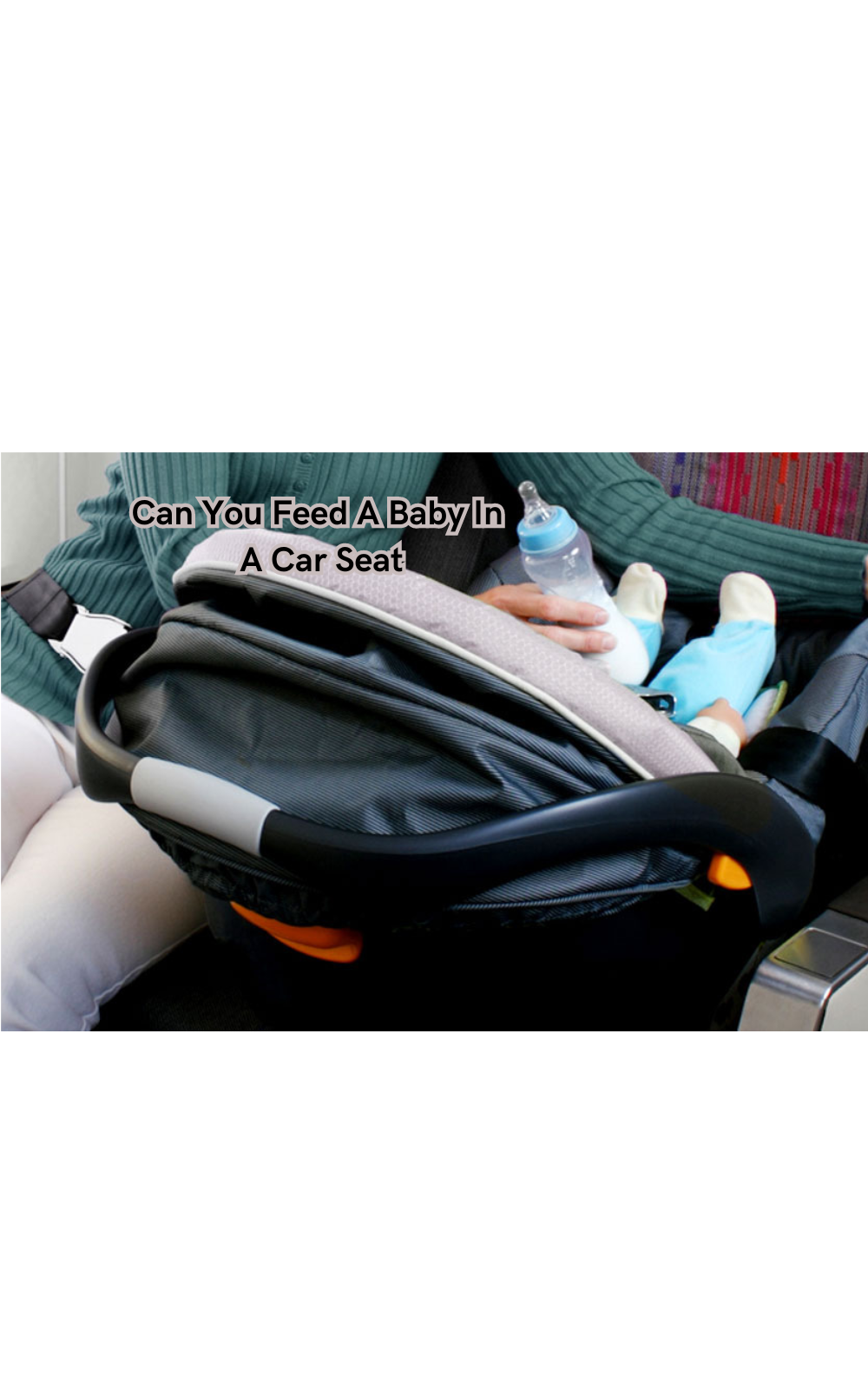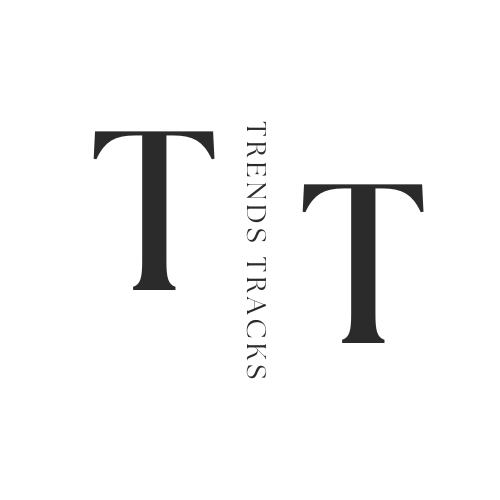Can You Feed A Baby In A Car Seat
This guide provides parents with the necessary information to make informed decisions and ensure their baby's well-being.

When caring for your little one, convenience and safety are top priorities. The question of whether you can feed a baby in a car seat is a common one among parents on the go. While it's essential to prioritize safety during car rides, feeding your baby in a car seat can sometimes be necessary.
Understanding the proper techniques and precautions for feeding your baby in a car seat is crucial to ensure their comfort and well-being while maintaining road safety standards.
Let's explore the guidelines and considerations for safely feeding your baby in a car seat while on the move. This guide provides parents with the necessary information to make informed decisions and ensure their baby's well-being.
Overview Car Seat Safety
Before discussing feeding in a car seat, let's review the basics of car seat safety. The American Academy of Pediatrics (AAP) recommends that children ride rear-facing as long as possible until they reach two years old or exceed the height and weight limit for their specific car seat. Additionally, following all manufacturer instructions for installing and using the car seat is essential.
It's crucial to prioritize your baby's safety while riding in a car seat, avoiding any activities that may compromise their secure positioning. This includes never placing or balancing food or drinks on your child's lap while sitting in a car seat.
When Can You Feed A Baby In A Car Seat?
The AAP advises against feeding an infant while driving but acknowledges that parents may need to feed their baby in a car seat during long road trips or when no other options are available. In these situations, taking proper precautions and following safety guidelines is essential.
Feeding your baby in a car seat is generally safe if the vehicle is not moving and is securely parked. This includes during rest stops or while waiting for traffic signals.
However, it is crucial to be mindful of potential hazards such as hot liquids and choking risks and not leave the baby unattended. Choking hazards include small snacks or food that could easily be dropped into the baby's car seat or mouth.
Can You Feed A Baby In A Car Seat While Driving?
Feeding a baby while driving is never recommended as it can be extremely dangerous and may lead to distracted driving.
It's essential to remember that the primary purpose of a car seat is to keep your child safe in case of an accident, not as a mobile feeding station.
If you must feed your baby while in motion, having another adult sit next to them and holding the bottle or food is vital. This arrangement allows the driver to focus on operating the vehicle safely without any distractions.
What are the Risks of Feeding Babies in Car Seats?
Now that we've discussed the guidelines and precautions for feeding a baby in a car seat, let's examine some potential risks.
Choking:
Feeding a baby while the car is in motion can increase the risk of choking. As mentioned earlier, it's essential to ensure the baby's head is higher than its stomach to prevent food from getting stuck in its throat.
The rear-facing position and silent choking signs in infants make it challenging to know if the baby is choking. A choking baby in a car seat can be a terrifying experience for parents, and it's crucial to know how to handle this situation.
To avoid a choking hazard, make sure to pull over at a safe location and remove the baby from the car seat if you need to feed it while driving.
Burns:
Hot liquids or foods can pose a danger when feeding your baby in a car seat. Make sure to test the temperature of any food or drink before giving it to your child, and avoid using heating devices while driving. The baby's seat should be placed in the back seat of the car to avoid potential burns from airbags in case of an accident.
Distractions:
Feeding a baby while driving can cause significant distractions for both the parent and driver, increasing the risk of accidents. It's crucial to prioritize road safety and plan for rest stops if necessary.
Car seat covers or organized feeding stations can also help minimize distractions and keep your baby safe during car rides. When feeding baby in a car seat, it's essential to prioritize their safety and well-being while following road safety guidelines.
Positioning:
Feeding a baby in a car seat may not allow for the proper positioning and support needed during feeding, leading to discomfort or difficulty swallowing. The reclined position of the car seat may also cause milk to flow too quickly, leading to choking or spitting up.
If possible, plan feeding times around car rides or ensure the baby is well-supported and comfortable while feeding in the car seat.
Crash risk:
Feeding a baby in a car seat during motion increases the risk of accidents and injuries in case of an unforeseen event. If baby on board decal is missing, it can put your child at even higher risk in case of a crash. Its always better don't feed baby while in moving vehicle.
Motion sickness:
Some babies may experience motion sickness while feeding in a car seat, leading to discomfort and potential vomiting. If your baby shows signs of motion sickness during car rides, it's best to avoid feeding them during the trip.
Tips for Feeding a Baby in a Car Seat
If you find yourself in a situation where you need to feed your baby in a car seat, here are some tips to help ensure their safety and comfort:
- Plan ahead: If possible, try to plan a rest stop during long trips to avoid feeding while driving.
- Avoid using heating devices or warm up food beforehand if necessary.
- Make sure the baby's head is higher than their stomach to prevent choking risks.
- Have another adult sit next to the baby and hold the bottle or food to avoid distractions for the driver.
- Keep an eye on potential hazards such as hot liquids and choking risks.
- Pull over at a safe location if needed and remove the baby from the car seat for feeding.
Sippy cup options or snack cups with lids can also be safer alternatives for feeding while in a car seat. Remember, the safety and well-being of your child should always be the top priority, even during car rides.
Can You Breastfeed or Bottle Feed a Baby in a Car Seat?
Breastfeeding or bottle feeding a baby in a moving car seat can be challenging, but it is possible with proper preparation and precautions.
For breastfeeding moms, using a nursing cover and adjusting your position to maintain eye contact with the road while keeping one hand on the wheel can help reduce distractions.
If you are bottle-feeding, make sure the baby's head is higher than their stomach to prevent choking. Using a travel bottle that fits securely in the car seat's cup holder can also make feeding on-the-go more manageable.
It's essential to note that feeding your baby in a car seat may take longer than usual due to potential interruptions or challenges. Plan accordingly and give yourself enough time for safe feedings during car rides.
FAQs
Can you burp a baby in a car seat?
It is not recommended to burp a baby in a car seat as it can be challenging to maintain proper positioning and support for the baby's head. It's best to remove the baby from the car seat for burping or wait until you reach your destination.
Can I feed my baby solid food while they are in a car seat?
It is generally not recommended to feed a baby solid foods while they are in a car seat. Solid foods require more attention and can increase the risk of choking or distractions for the driver. It's best to wait until you reach your destination to feed your baby solids.
Is it safe to feed older kids in a car seat during a road trip?
Feeding older kids in a car seat during a road trip is generally safe as long as all safety guidelines and precautions are followed. However, it's always best to plan for breaks and rest stops to ensure the safety and comfort of both the child and the driver.
What if my baby gets fussy and needs to be fed while we're on the road?
If your baby gets fussy during a car ride, try to pull over at a safe location and remove them from the car seat for feeding. If that's not possible, have another adult sit next to them to hold the bottle or food while you focus on driving safely.
Conclusion
In conclusion, while feeding a baby in a car seat can sometimes be necessary, safety should always remain the top priority.
It's essential to adhere to guidelines that prioritize the well-being of your child and ensure their comfort during travel. Planning feeding breaks during a road trip at designated rest stops can provide a safe environment for feeding sessions.
Remember, the safety and security of your little one should never be compromised, and taking necessary precautions when feeding a baby in a car seat is paramount for a smooth and secure journey.
